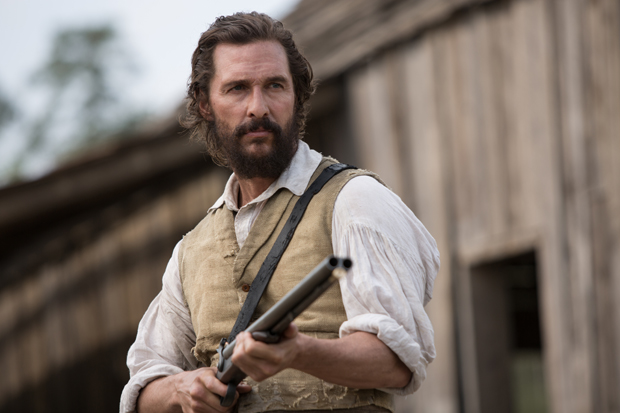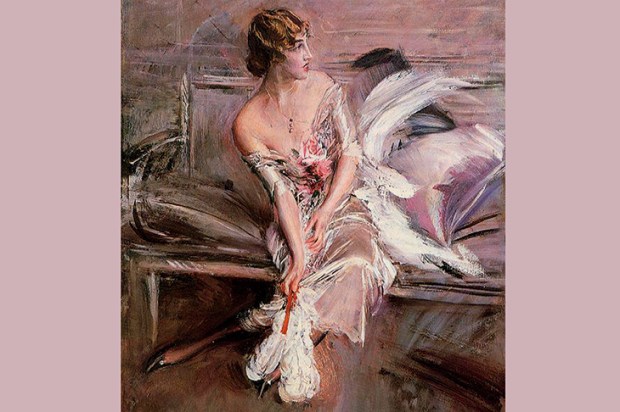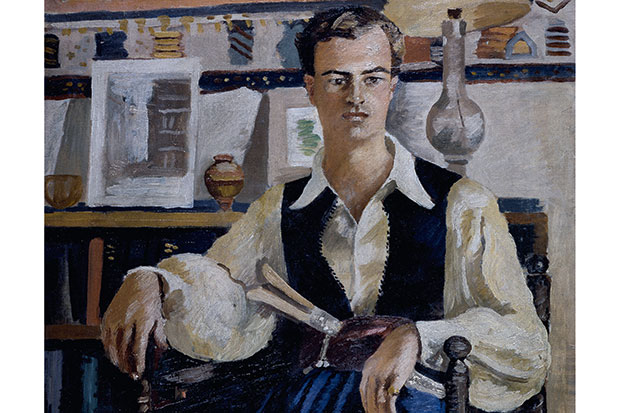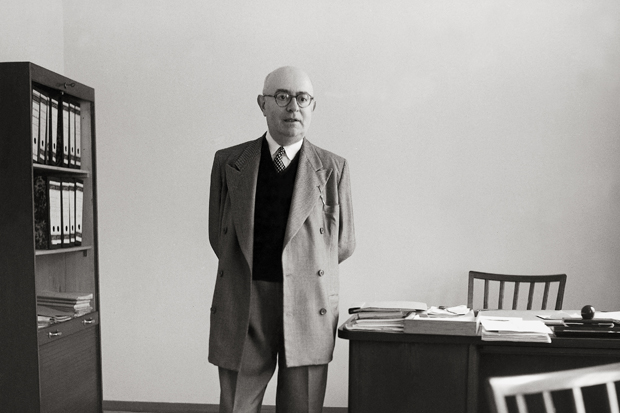In The Cousins’ War (1999), the Republican political strategist Kevin Phillips argued that three ‘civil wars’ had defined politics in the English-speaking world: the English Civil War, the American Revolution and the American Civil War. The ideological battle lines of 1641 recurred in 1776 and 1865, and not just because the Sons of Liberty and the Yankee industrialists were frequently descended from English Puritans. Broadly, all three revolts pitted Protestants against Catholics, reform against tradition, and yeomen against landowners.
Civil war cuts across geography as well as families: Phillips compared pre-revolutionary America to the Balkans. In The Free State of Jones, Victoria Bynum describes the ‘inner civil war’ of Jones County,
Mississippi, where a renegade farmer named Newton Knight led a ‘yeoman uprising’ of Mississippi Unionists. First, though, Knight joined the Confederate army, twice. A tall, strong man who was handy with a shotgun, Knight volunteered in the summer of 1861. In October 1862, he and many other Jones County soldiers deserted, disillusioned by defeat and the ‘Twenty Negro Law’, which allowed white slaveholders one military exemption for every 20 slaves.
In early 1863, Confederate soldiers killed Knight’s horses and mules, burnt his farm, then ‘tyed him and drove him to prison’. He may have served at the Siege of Vicksburg; that summer, after the fall of Vicksburg, he deserted again. This time, he and as many as 200 fellow renegades retreated to the swamps of Piney Woods. The Confederate army sent Major Amos McLemore in pursuit with trackers and bloodhounds, but Knight’s men were helped by the local people, slaves included.
One night in October 1863, Major McLemore was sitting in a house in Ellisville, the county town, when someone — probably Knight — burst in and shot him to death. The rebels, calling themselves the Jones County Scouts, declared for the Union. In March 1864, Knight’s men took the local capital, Ellisville, and raised the Union flag over the courthouse. In the last year of the war, the ‘Knight Company’ destroyed railway lines, ransacked
Confederate food supplies, protected the locals from Confederate requisitions, and fended off soldiers, cavalry and dogs.
Why did the ‘hard-headed poor whites’ of Jones County rebel against the rebels? Their sandy soil was unsuitable for cotton, so the county had a small slave population. Many independent white farmers traced their lineage to North Carolina, where the Regulators of the 1760s had risen against their autocratic government. Baptist preachers preached moral revival and the wickedness of slavery; Knight, the son of an alcoholic, forswore drink and cussing. The result was that in the 1860 election, fewer than 10 per cent of Jones County’s white male voters backed the secessionist candidate.
Victoria Bynum, an expert on Southern Unionism, wonders whether Knight was ‘a primeval Robin Hood, a kind of Anglo-Saxon Noble Savage’, or a ‘demented, ignorant backwoods murderer’. When ‘Newt’ fought for both sides, was he fighting for himself or his principles? After the war, he worked for the Reconstructionist government, freeing black children from slaveholders. He also fathered five children by his grandfather’s ex-slave, Rachel, to go with the nine he had with his white wife, Serena. Knight gave Rachel land, and acknowledged his second family, but he also ‘counseled his children to identify and marry as white’.
While battles over Southern memory created further complications, Jim Crow and country marriages produced another kind of cousins’ war. In a 1935 biography, Knight’s son Thomas, one of the ‘White Knights’ who descend from Newt and Serena, praised his father for protecting the women of Jones County from Confederate ‘depredations’. But Thomas omitted to mention his cousins, the ‘white Negroes’ that Newt sired by Rachel, and the ‘Black Knights’, who descend from Newt’s slaveholding cousin Dan. In 1948, when Newt and Rachel’s great-grandson Davis married a white woman, he was tried for miscegenation under Mississippi’s demented ‘one-drop’ law. Three years after Davis had proved that he was less than one eighth black, his white supremacist cousin Ethel denounced Newt for racial mixing in her splendidly titled biography, The Echo of the Black Horn.
Bynum is more interested in ‘the class and cultural origins’ of Jones County’s revolt than in ‘interracial sex, violence, and debauchery’, but you cannot win them all. The Free State of Jones is an exemplary monograph, full of human details that demolish the ‘Lost Cause’ legend of a united South. First published in 2001, it has been reissued to coincide with the film adaptation, starring Matthew McConaughey, out in the UK this week. Yet can we, in the age of Ferguson and Black Lives Matter, see the real Newton Knight?
The post Knight’s tale appeared first on The Spectator.
Got something to add? Join the discussion and comment below.
Get 10 issues for just $10
Subscribe to The Spectator Australia today for the next 10 magazine issues, plus full online access, for just $10.
You might disagree with half of it, but you’ll enjoy reading all of it. Try your first month for free, then just $2 a week for the remainder of your first year.














Comments
Don't miss out
Join the conversation with other Spectator Australia readers. Subscribe to leave a comment.
SUBSCRIBEAlready a subscriber? Log in